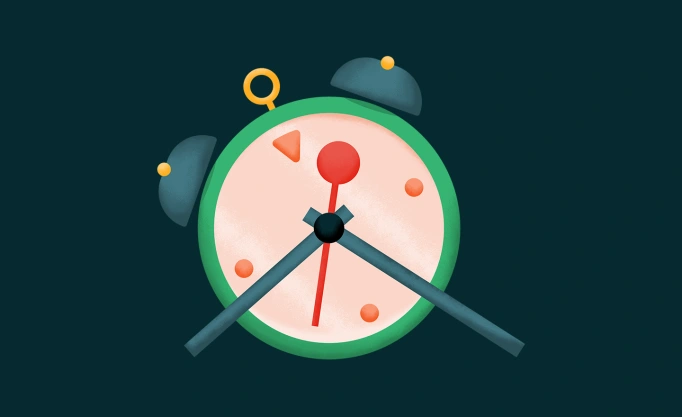What is data enrichment, and what is it good for?

In the context of financial services, data enrichment is the process of taking financial data (usually transactions) and making it easier to understand, and even more valuable. Here’s what that can look like, and why it makes a big difference for consumers and businesses alike.
Data enrichment is the process of taking raw data and refining it so it can be used.
In the context of financial services, enrichment turns raw data into tangible information by cleaning up transactions and sorting them into categories.
This increases transparency, helping people have a deeper understanding of their personal finances, and businesses create better data-driven services.
‘Data is the new oil’. You’ve probably heard the first part of this famous comparison by Clive Humby – but many brushed away the explanation that followed, which is just as important: ‘It’s valuable, but if unrefined it cannot really be used.’
This is where data enrichment comes in. It takes the raw data and refines it so it can be used.
In the world of open banking, this typically refers to transaction data, which is made usable and valuable by being cleaned up and categorised.
Cleaning up transaction data
Raw data can be messy. When looking at raw transaction data, you’ll often find duplicate entries, long complicated strings of texts, and a whole lot of numbers with very little context.
Things like ‘CCV*PizzaPal GENT-BEL 13,45’ and ‘description = "L\U00f6n"; dispensableAmount = 3600;’ with little indication of what transactions are incoming or outgoing. What data enrichment can do here is help clarify that you’ve spent €13.45 at Pizza Pal, and got €3600 deposited in your new salary period.
It removes the noise and translates the data into something anyone can easily understand.

Categorising transaction data
Once the transaction data is clean and clear, you can extract even more value from it by sorting it into categories. Beyond recognising what each individual transaction refers to, it can help you see the bigger financial picture.
What categorisation does is (automatically) figure out that that Amazon transaction was a ‘shopping’ expense, that the money you spent at PizzaHub went to ‘restaurants’, and that a LIDL purchase was most likely ‘groceries’.
It seems very simple, but it makes a whole world of difference when it comes to helping untangle the web of someone’s personal finances.
How does data enrichment help people and businesses?
Ultimately, data enrichment helps people have a deeper understanding of their personal finances. Because it turns the raw material of data into tangible information and insights businesses can use to create more valuable products and services for these people.
Insights like knowing how much money someone has to spend after all your recurring bills are paid. Or products like financial coaching apps.
It also helps increase transparency over someone’s finances – for people as well as for businesses. This can be very important for financial service providers or credit bureaus, for instance.
More in Open banking

How the Instant Payments Regulation will change the EU payments landscape
We explore the details of the Instant Payments Regulation, as well as its benefits for consumers and PSPs – such as increased convenience, more innovation in the market, and reduced costs.

Smart moves with smart meters: how commercial VRP could support pay-as-you-use billing models
Discover how variable recurring payments can transform smart meter billing into a more flexible user experience – and utility providers more ways to support financially vulnerable customers.

Serving younger borrowers: the impact of inaccessible lending
Streamline risk decisioning as a lender to lower operating costs using data-driven, digital loan origination, affordability assessment and income verification.
Get started with Tink
Contact our team to learn more about what we can help you build – or create an account to get started right away.
